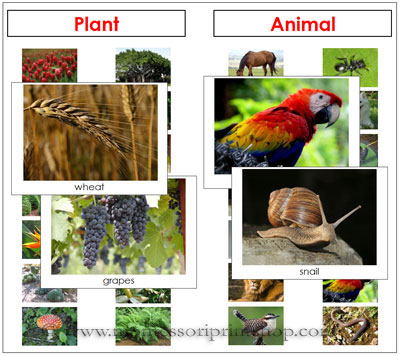BIODIVERSITY PROTECTION
India comes among the 17 mega diverse countries of the world but many plants and animals are facing threat of extinction. To protect the critically endangered and other threatened animal and plant species, Government of India has adopted many steps, laws and policy initiatives. Some of them are as follows:
1. Wild Life (protection) Act, 1972 has been enacted by the Central Government. This act provides creation of Protected Areas for protection of wild life and also provides for punishment for hunting of specified fauna.
2. National Plan for Conservation of Aquatic Ecosystem sponsored by central government has provided assistance to the states for management of wet lands including Ramsar sites in the country.
3. Wildlife Crime Control Bureau has established control of illegal trade in wildlife, including endangered species.
4. The Indian Government has banned the Veterinary use of diclofenac drug that has caused rapid population decline of Gyps vulture across the Indian Subcontinent.
5. Protected Areas, viz, National Parks, Sanctuaries, conservation Reserves and Community reserves all over the country covering the important have been created as per the provisions of the Wildlife (Protection) Act, 1972 to provide better protection to wildlife.
Important Acts passed related to environment and Bio Diversity
1. Fisheries Act 1897
2. Indian Forests Act 1927
3. Mining and Mineral Development Regulation Act 1957
4. Prevention of cruelty to animals 1960
5. Forest Conservation Act 1980
6. Biological Diversity Act 2002
Reference
